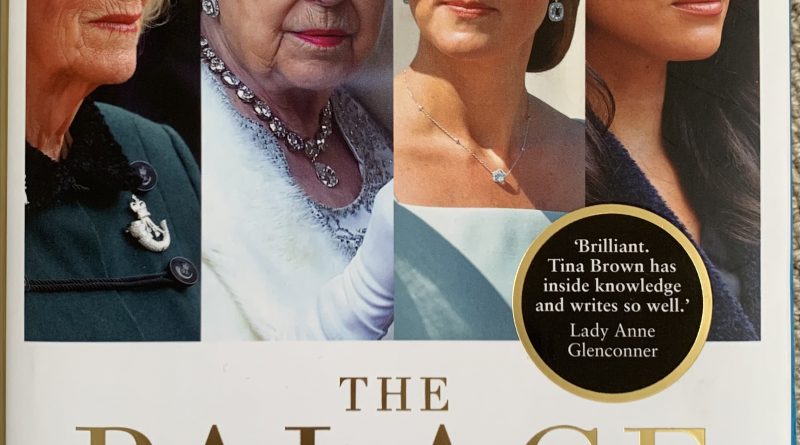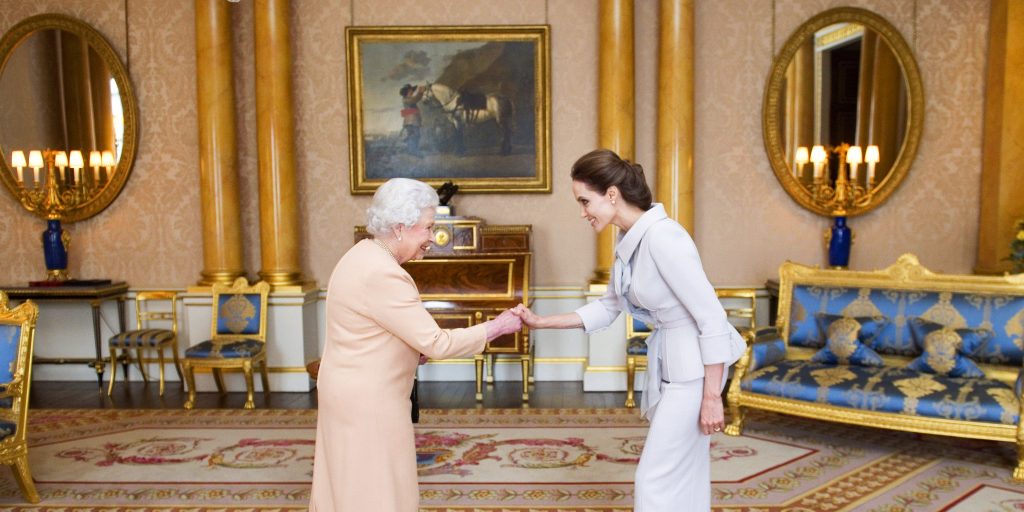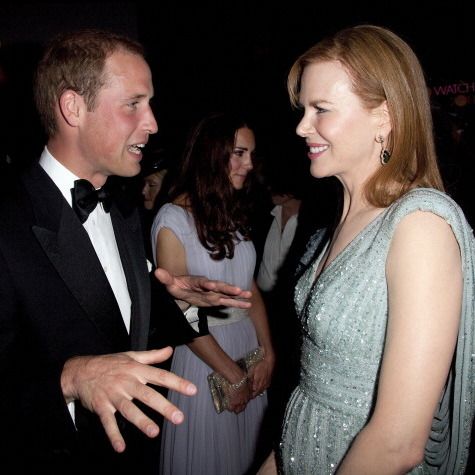The Palace Papers review
Last week I attended an event in London at which Tina Brown was speaking about her new book The Palace Papers.
Brown has been editor of Tatler magazine, Vanity Fair, the New Yorker and the Daily Beast. She knows everyone who is anyone. This has both its advantages and disadvantages when it comes to writing a book such as this. The advantage is that she is well connected. The disadvantage is that she is well connected. While she may have more doors opened for her than other writers because of the contacts, she is also likely to want to keep those contacts.
So, what appear to be ‘revelations’ are mostly anecdotes and tales told by others, from which readers draw suppositions. Everything we think we know about the ‘real’ Royals, such as the Queen and Prince Charles or Prince William, mostly comes from the perceptions of others. These others are usually distant observers because the close friends rarely talk publicly.
Non royals linked to royalty, such as Meghan Markle and Paul Burrell, do speak publicly but their accounts have to be taken with a vat of salt because they may have an embittered axe to grind as we saw on Oprah.
What helps Tina Brown is that she is a good writer, an engaging, commanding speaker and displays considerable insight and perceptiveness in her commentary.
So, she easily kept her audience, including me, entertained for over an hour with the findings of her research for the book, which included interviews with 120 people.
She spoke of the unexpected practices in royal life such as the parsimonious culture within the palace which leads to employees swiping the swag bags as compensation. And the surprising discovery that, until recently, the royals did not have a practice of getting employees to sign NDAs. They rather charmingly, believed, instead, that their staff would simply be honourable and not speak out once they left. This naivete might explain the slow response too to the disloyalty of a family member, Harry, when he left.
Of the main players, Brown has a soft spot for Prince Philip. “I love Philip,” she enthused. “From the stories about him, it’s clear he was a great character.”
He may have walked a few steps behind his wife in public but was clearly the head of the family in private. “He was a truth teller. Others may claim that they can speak freely to the Queen but in reality everyone else bows and scrapes to her. He was the only one who could tell her something exactly as he thought it. “
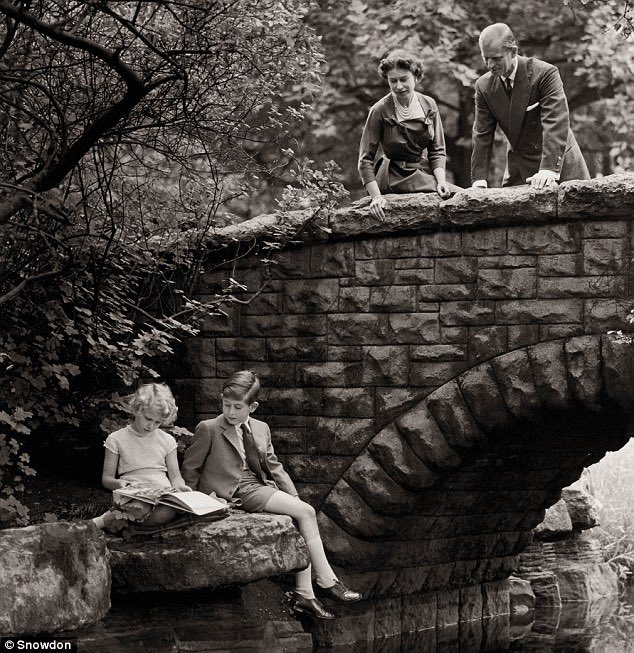
Brown concludes that if she’s learnt anything from her research it is that marital love is the most important factor in the success of the monarchy. “The Queen’s strong marriage was critical to the success of her reign. Now we see how Charles has been transformed by the stability of his marriage to Camilla which will help him. And William has Catherine. He had the same pain and instability in his childhood as his brother. He could’ve gone off the rails but he had the luck to meet Catherine early. She is his rock.”
Brown described the period from 2011 when William and Kate married, to 2019 as the golden era for the monarchy. “After the scorched earth years following Diana‘s death it was all pulled together. The Queen’s historic tour of Ireland was a huge triumph. William and Kate’s wedding heralded huge optimism. In 2012 London got the Olympics. The James Bond stunt that the Queen took part in, for the opening ceremony, made her a pop culture icon. So, the Royal stories were against the backdrop of a very positive era for Britain too. The monarchy has always faced challenges but the current problems somehow seem more threatening, largely because the Queen is frail and can’t pull things together like before. Even though the pandemic showed the royal family at their best, there is a perilous quality to recent attacks on the monarchy.”
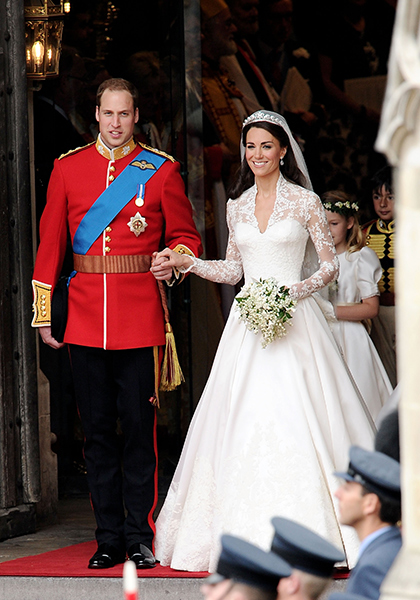
She noted that despite the view of some that the Royals ‘should get a job,’ in fact, they never stop working. The hours are long and demanding. “It’s a real vocation. I’m sure Camilla would much rather lie on her couch smoking and reading a novel, but in her new role as future queen consort, she has really stepped up, undertaking 240 engagements a year.”
As to why the monarchy works, Brown cited the air of mystique that has existed around the Queen for 70 years. “In an era of oversharing, she has managed to be the most famous woman in the world without anyone knowing what she really thinks. She can sit through the most awful shows and performances put on for her benefit without anyone having an inkling of how she feels about it all. Charles doesn’t have that mystique. William has some, not much. Kate does. She has it. She’s gone down that route where she smiles through the engagements but there’s a Mona Lisa quality to her smile. “
Of Andrew, Tina Brown said, ‘In the past he could have been banished to some remote castle in Scotland. But where do you stash a healthy 61-year-old who is insensitive and won’t go quietly?’
The section of the talk about Harry and Meghan was disappointingly timid and unquestioning, much like the chapters about them in the book. There is an interesting ‘warts and all’ book to be written about Markle which takes an unvarnished look at how she went from making adverts about pooping to an engagement with the Queen but The Palace Papers isn’t it.
So, what Brown had to say during the talk about Meghan had the audience around me huffing in exasperation because it was PR fluff sch as “Meghan brought Hollywood contacts to the palace. “
Really?
She was a supporting actress on a cable TV show filmed in Canada. Not exactly Oscar-winning Hollywood goddess Grace Kelly territory. Prince William is the president of Bafta. A-list Hollywood clamours to meet him at the ceremony. Prince Philip was a previous president . Princess Margaret partied with the likes of Elizabeth Taylor. The palace has never been short of Hollywood contacts.
Pandora Sykes who was interviewing Tina Brown chipped in with ‘why did the palace assign ‘an 81 year old white woman to help a young black woman understand palace protocol?’
Cringe de la cringe!
Firstly, approaching 40, Meghan was hardly a young ingenue. She’s older than William and Catherine. She’d never previously identified as black and the 81 year old just happened to be the Queen’s most trusted aide. And Meghan wrongly told Oprah she’d received no help at all!
It would be genuinely interesting to hear/read Brown tackle such discrepancies.
The evening ended with a Q+A. One question from a young woman was:
“What does the monarchy offer young people like me for the future? “
Brown replied that though the reign of King Charles would be a transitional one, he was the right king for this time after his mother passes away. She said he had long espoused the causes that young people are currently interested in e.g. environmental issues, organic food. “He was ahead of his time in respect of many issues and his Princes trust helps thousands of young people.
He cannot have the reign that his mother did. I don’t know of another modern monarch who could have the remarkable reign of Queen Elizabeth. This is a woman whose first prime minister was Winston Churchill!
Charles will be keeping the seat warm for William. By the time William comes to the throne the British monarchy may well be more like the European ones. But the Royal family has a big role to play in the modern world. They command attention like no-one else.”
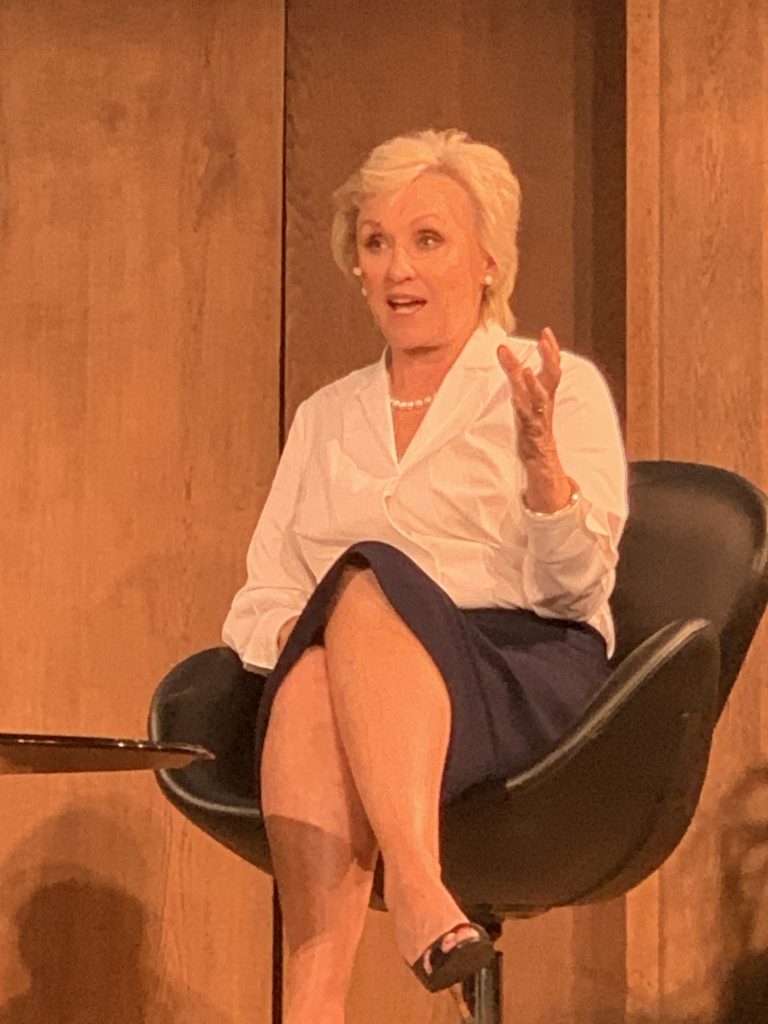
Book review
For the most part The palace papers is a rollicking good read! Though there are few, if any, new revelations for regular royal watchers, the stories are told with the sort of fast paced gusto that keeps you turning the pages. For new or casual royal watchers the book will be a treasure trove of tales.
The best chapters are those that detail the twists and turns of the love story between Prince Charles and Camilla (and a remarkable love story for the ages it is).
It’s told through the eyes of third-party observers but Brown’s non judgemental account is informative and just the right level of gossipy, with a dash of Jilly Cooper dialogue thrown in for spice.
Camilla emerges well from the account. Contemporary history is turning out to be kind to a woman who endured the cruellest media coverage for decades. Charles may be less enthusiastic about being depicted as a slightly lost soul seeking motherly love from a sexual partner but the portrayal is not unsympathetic.
Tina Brown draws the obvious analogy between this coupling and that of Camilla’s ancestor who was the mistress of Edward vii but there is another possible parallel to be drawn – that with Charles’ younger son, Harry and his marriage. But Tina Brown is a social commentator not Freud.
Charles and Diana’s elder son and heir, William, found his emotional salvation in a young woman from a middle class background whose family enveloped him in the folds of their own stability. He guards his privacy fiercely and so Brown’s excursion into his life has the feel of a quick peek through a hole in the garden fence than a lifting of the lid.
Of Catherine Brown writes “ In 2011, the question over Kate Middleton was whether a girl of such unexalted origins could successfully evolve into a future Queen.
Now the only question is how the House of Windsor could survive without her.”
She concludes: William has found a way to accept both his destiny and his own emotional complexity. In doing so, King William, with his consort Queen Catherine, may find a way to reinvent the monarchy in ways that none of us can anticipate.
4/5

